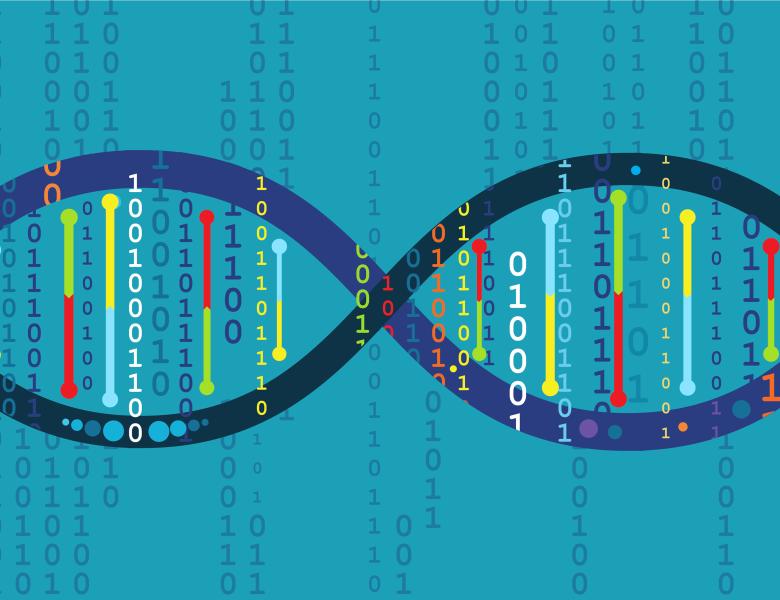
Abstract
Complex traits are established through the joint influences of multiple genetic and environmental perturbations. There is a shortage of generalizable principles explaining how molecular networks integrate genetic and environmental effects ultimately leading to complex cellular and organismal traits. In particular, it is poorly understood when and how genetic perturbations lead to molecular changes that are confined to small parts of a network versus when they lead to large-scale adaptations of global network states. Here, we present a concept classifying genetic effects as local, regional or global depending on what fraction of a molecular network they affect. We exemplify this notion using transcriptome, proteome and phospho-proteome profiling of genetically heterogeneous populations of yeast strains, which we integrate with an array of cellular traits. Our analysis identified a central gauge of the yeast molecular network that is related to PKA and TOR (PT) signaling. The resulting ‘PT state’ could be summarized in a single value that explained large parts of the molecular configuration of the strains. This PT state associated with a specific balance between cellular processes spanning energy- and amino acid metabolism, transcription, translation, cell cycle control and cellular stress response. Carbon source quality, oxidative stress, and gene-environment interactions caused monotonic shifts of the molecular network state along the same axis. We further show that complex traits like heat stress resistance and longevity (stationary phase viability) result from the synthesis of genetic effects modulating this PT state with global network effects, plus much more trait-specific effects modulating only small parts of the network. Our work provides a rational for the conditions under which genetic effects propagate through molecular networks with pleiotropic consequences.


